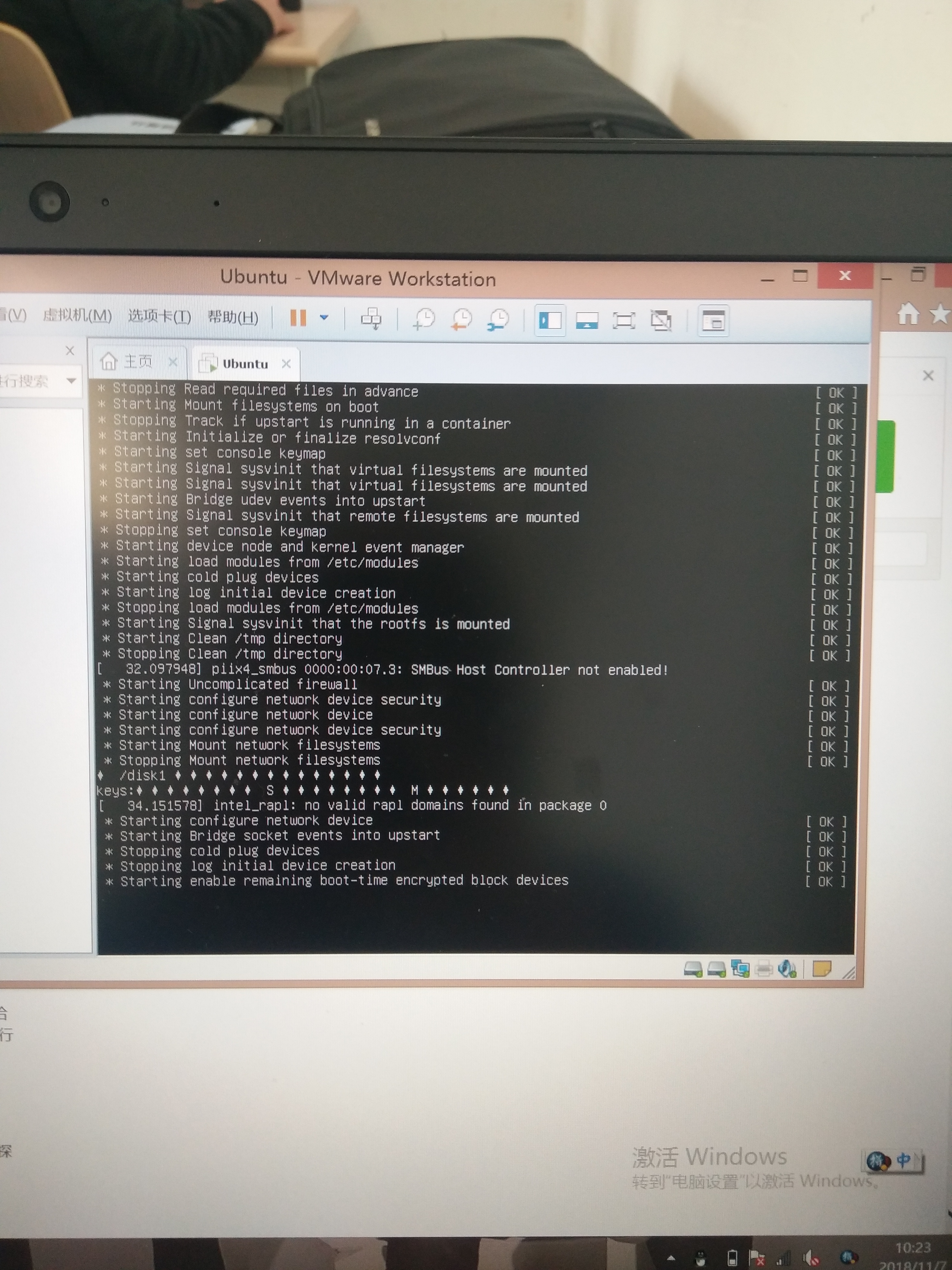What is the difference between UTF-8 and ISO-8859-1?
问题:
回答1:
UTF-8 is a multibyte encoding that can represent any Unicode character. ISO 8859-1 is a single-byte encoding that can represent the first 256 Unicode characters. Both encode ASCII exactly the same way.
回答2:
Wikipedia explains both reasonably well: UTF-8 vs Latin-1 (ISO-8859-1). Former is a variable-length encoding, latter single-byte fixed length encoding. Latin-1 encodes just the first 256 code points of the Unicode character set, whereas UTF-8 can be used to encode all code points. At physical encoding level, only codepoints 0 - 127 get encoded identically; code points 128 - 255 differ by becoming 2-byte sequence with UTF-8 whereas they are single bytes with Latin-1.
回答3:
UTF
UTF is a family of multi-byte encoding schemes that can represent Unicode code points which can be reperesentative of up to 2^31 [roughly 2 billion] characters. UTF-8 is a flexible encoding system that uses between 1 and 4 bytes to represent the first 2^21 [roughly 2 million] code points.
Long story short: any character with a code point/ordinal representation below 127, aka 7-bit-safe ASCII is represented by the same 1-byte sequence as most other single-byte encodings. Any character with a code point above 127 is represented by a sequence of two or more bytes, with the particular of encoding best explained here.
ISO-8859
ISO-8859 is a family of single-byte encoding schemes used to represent alphabets that can be represented within the range of 127 to 255. These various alphabets are defined as \"parts\" in the format ISO-8859-n, the most familiar of these likely being ISO-8859-1 aka \'Latin-1\'. As with UTF-8, 7-bit-safe ASCII remains unaffected regardless of the encoding family used.
The drawback to this encoding scheme is its inability to accommodate languages comprised of more than 128 symbols, or to safely display more than one family of symbols at one time. As well, ISO-8859 encodings have fallen out of favor with the rise of UTF. The ISO \"Working Group\" in charge of it having disbanded in 2004, leaving maintenance up to its parent subcommittee.
回答4:
ISO-8859-1 is a legacy standards from back in 1980s. It can only represent 256 characters so only suitable for some languages in western world. Even for many supported languages, some characters are missing. If you create a text file in this encoding and try copy/paste some Chinese characters, you will see weird results. So in other words, don\'t use it. Unicode has taken over the world and UTF-8 is pretty much the standards these days unless you have some legacy reasons (like HTTP headers which needs to compatible with everything).
回答5:
ASCII: 7 bits. 128 code points.
ISO-8859-1: 8 bits. 256 code points.
UTF-8: 8-32 bits (1-4 bytes). 1,112,064 code points.
Both ISO-8859-1 and UTF-8 are backwards compatible with ASCII, but UTF-8 is not backwards compatible with ISO-8859-1:
#!/usr/bin/env python3
c = chr(0xa9)
print(c)
print(c.encode(\'utf-8\'))
print(c.encode(\'iso-8859-1\'))
Output:
©
b\'\\xc2\\xa9\'
b\'\\xa9\'
回答6:
My reason for researching this question was from the perspective, is in what way are they compatible. Latin1 charset (iso-8859) is 100% compatible to be stored in a utf8 datastore. All ascii & extended-ascii chars will be stored as single-byte.
Going the other way, from utf8 to Latin1 charset may or may not work. If there are any 2-byte chars (chars beyond extended-ascii 255) they will not store in a Latin1 datastore.
回答7:
From another perspective, files that both unicode and ascii encodings fail to read because they have a byte 0xc0 in them, seem to get read by iso-8859-1 properly. The caveat is that the file shouldn\'t have unicode characters in it of course.




